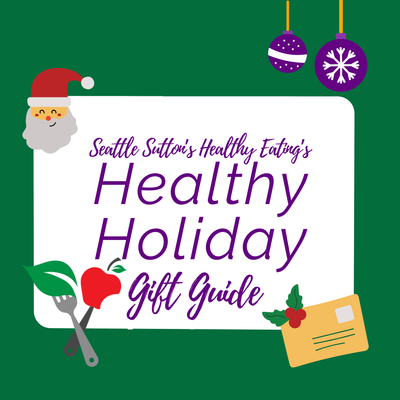All About Processed Foods
Most people associate the term “processed food” with unhealthy food. While that is sometimes the case, it is not true 100% of the time. How do you know if what you are eating is healthy? How do you know when a food is processed vs. ultra-processed? Has too many ingredients? Let’s review some guidelines for determining fact from fiction regarding processed foods.
Most people eat processed foods, and many people eat them quite often. One study found that 58% of calories eaten in the US are from ultra-processed foods and they contribute to almost 90% of the added sugars in our diet. The level of processing is often what can determine the healthfulness of a food. Generally, the more processed an item is, the more ingredients it has and the more preservatives that are used. Some of these ingredients are natural and not harmful, but some can be. There is a spectrum of processing from minimally processed (like chopped vegetables) to ultra-processed (like Fruit Loops).

Research has shown that having a diet high in ultra-processed foods leads to consuming more calories, higher intake of carbohydrates and fat, weight gain, and higher risks for heart disease and stroke.
Not All Processed Foods are Bad
Minimally processed foods are whole foods that still have their nutrients intact. Frozen vegetables or canned fruit would be considered minimally processed as well as 100% juice, a baked potato, or flour. These items retain most of their vitamins and minerals and are in a nearly natural state. While fresh is still best (most of the time), frozen and canned fruits and vegetables can make eating the recommended servings of fruits and veggies more convenient and cheaper, as well as lead to less food waste. Freshly chopped produce and bagged salad mixes are minimally processed and can be more convenient for a busy cook without sacrificing nutrition.
It’s important to take a closer look at the nutrition facts panel and ingredient lists when determining the healthfulness of foods. Was there fat added? What type: trans or saturated (unhealthy sources) or mono-unsaturated or poly-unsaturated (healthy sources)? Is there added salt or sugar? Harmful ingredients such as artificial flavors, colors, or sweeteners? Are whole grains one of the first ingredients or refined grains? We must determine if the ingredients are full of nutrients or have had their nutrients stripped or are items with little nutritional value.

On the other hand, highly processed or ultra-processed foods often have many added ingredients such as sugar, salt, fat, and harmful ingredients. These foods are often lower in nutritional value and higher in nutrients we need less of including sugar, salt, and hydrogenated fats. Examples include soda, processed meats, fast foods, frozen meals, packaged sweets, and “nutrition” bars.
Fat
The most important word to look for on the ingredient list would be hydrogenated. If you see the word hydrogenated, that means there is trans-fat in that food. This is the worst type of fat for your health. These types of fats help make food more shelf-stable and give it body, however, they can raise bad cholesterol, lower good cholesterol, increase inflammation, contribute to insulin resistance, and have been linked to several serious health problems.
Legally, food companies can put on the nutrition facts panel that there is no trans fat in an item if there is less the 0.5 grams of trans fat per serving. Technically, you could still be consuming trans fats if there is the word hydrogenated in the ingredient list. Some food manufacturers may adjust the serving size of the food so there are less than 0.5 grams of trans-fat to be able to promote their food as “trans-fat free.” Even eating a small amount of trans fat can be harmful to your health. For each 2% increase in calories from trans fat the risk for coronary heart disease increases 23%.
It is best to look for fat to be added from mono- and poly-unsaturated sources, such as nuts and seeds, flax or chia seeds, and olive or avocado oil. Most people do not eat enough healthful unsaturated fats. The American Heart Association recommends 8-10% of daily calories should come from polyunsaturated fats. There is evidence that replacing saturated and trans fat with polyunsaturated fat can lower the risk of heart disease.
Salt
The most common ingredient added to processed foods is salt. This is because it helps to extend the shelf life of food. Americans consume way more sodium than is recommended and it is one area that we all need to cut back on.
For most individuals, it is recommended to consume less than 2,300 mg of sodium per day. While examining the nutrition facts information, it is important to understand how to decipher what the serving size is and exactly how much sodium is contained in a serving, portion, and container. Knowing this will help get sodium intake under control.
To demonstrate how processing can impact sodium levels, let’s look at green beans prepared in different ways. Fresh green beans contain about 5 mg of sodium per 1 cup serving, which would contribute very little sodium to the diet. For the same serving of canned green beans, the sodium increases to 460 mg, which is 99% more! Canned green beans would go through a little more processing than fresh, and salt is added to help enhance their flavor and help preserve the beans.

If we take the processing one step further and purchase frozen green beans in sauce, such as Garlic Parmesan Green Beans which you can find in the freezer section at the grocery store, the sodium content is 470 mg per 1 cup serving. Another processed green bean item in the freezer section is Crispy Breaded Green Beans which has almost 1150 mg of sodium per cup. As you can see, often the more processed and the more ingredients added, generally the amount of salt added increases. It’s best to stick to fresh or if you purchase frozen or canned look for ‘No Salt Added’ varieties where green beans are the only ingredient.
Sugars
Another area of concern in the American diet is added sugars. Added sugars are in many of our processed foods and hide in breads, pasta sauces, cereals, yogurts, and some dried fruits. With sugar, it is important to remember the difference between natural and added. When looking at the nutritional facts, pay more attention to the added sugars than the total sugars. Added sugars do not offer any nutritional benefit to the body whereas naturally occurring sugars will provide fiber, protein, vitamins, minerals, and antioxidants.
The total sugars listed on the label lump both added and natural sugars together. When reading an ingredient list, look for items without added sugars or where the added sugars are toward the end of the ingredient list (meaning there are lower amounts in that product).
Steer clear of foods that have sugar, maltose, brown sugar, corn syrup, or other added sugars, especially as one of the first few ingredients. It is often best to opt for items that are plain or have no added sugar (or artificial sweeteners) and to flavor those items yourself with fruit, small amounts of honey, or extracts like vanilla or almond. By doing this you can control the amount and what is added.
Harmful Ingredients
There are many questionable ingredients in our food supply. Some ingredients with known health repercussions include MSG, artificial sweeteners, high fructose corn syrup, hydrogenated oils, and artificial food colors/dyes. These ingredients are not naturally found in nature and their processing may harm our overall health. To be safe, steer clear of foods made with these ingredients.

Being an avid label reader can be a difficult and time-consuming task, however, it does become easier with time. To simplify this task, look for items with shorter ingredient lists that are more in their natural state. Shopping at farmer’s markets and buying simple ingredients, such as bagged quinoa rather than boxed with a flavoring packet or plain yogurt rather than sweetened, is also a good idea. This can help ensure that most of your food is fresh and that harmful processed foods are left to a minimum.
A Note on Supplements
When talking about processed foods it is important to point out that supplements, protein powders, and many “nutrition” bars are highly processed. Supplements, “nutrition” bars, and powders are something that half of all Americans consume every day and think very little about. Protein bars and powders are one of the most highly processed items you can find in the grocery store. While some are better than others, many of these products can be full of added sugars, unfamiliar ingredients, and more. Sure, these items can be convenient, tasty, and offer portion control but when you take a closer look at their ingredient lists and nutrition facts panels some can have you really questioning their so-called “nutrition.”
The nutrition in these products is a pale comparison to a plate full of nutritious, minimally processed or whole foods. Eating whole foods instead of a meal replacement shake or protein bar will provide your body with better nutrition, improved appetite control, and increase your overall satisfaction.
There are better protein bars and powders than others, so it’s important to know what to look for. We recommend looking for products with easy-to-read labels and whole ingredients (such as seeds, nuts, unsweetened cocoa powder, etc.). Keep a careful eye on sweeteners (like sucralose), high fructose corn syrup, sugar alcohols (anything ending in -ol), and artificial flavors and colors. If there is added sugar in the product, look for it to be lower in the ingredient list or not at all.
Ordering meal plans from Seattle Sutton’s Healthy Eating is a great way to monitor your intake of processed foods and avoid the negative consequences of harmful ingredients. We make many of our items from scratch including our nut butters, salad dressings, and more. We also do all the label reading and check every ingredient list for you, to save you time and stress. Our meals are free of around 40 common harmful ingredients. Experience the health benefits of cutting unhealthy processed foods from your diet with our help.
Review our meal plans today!



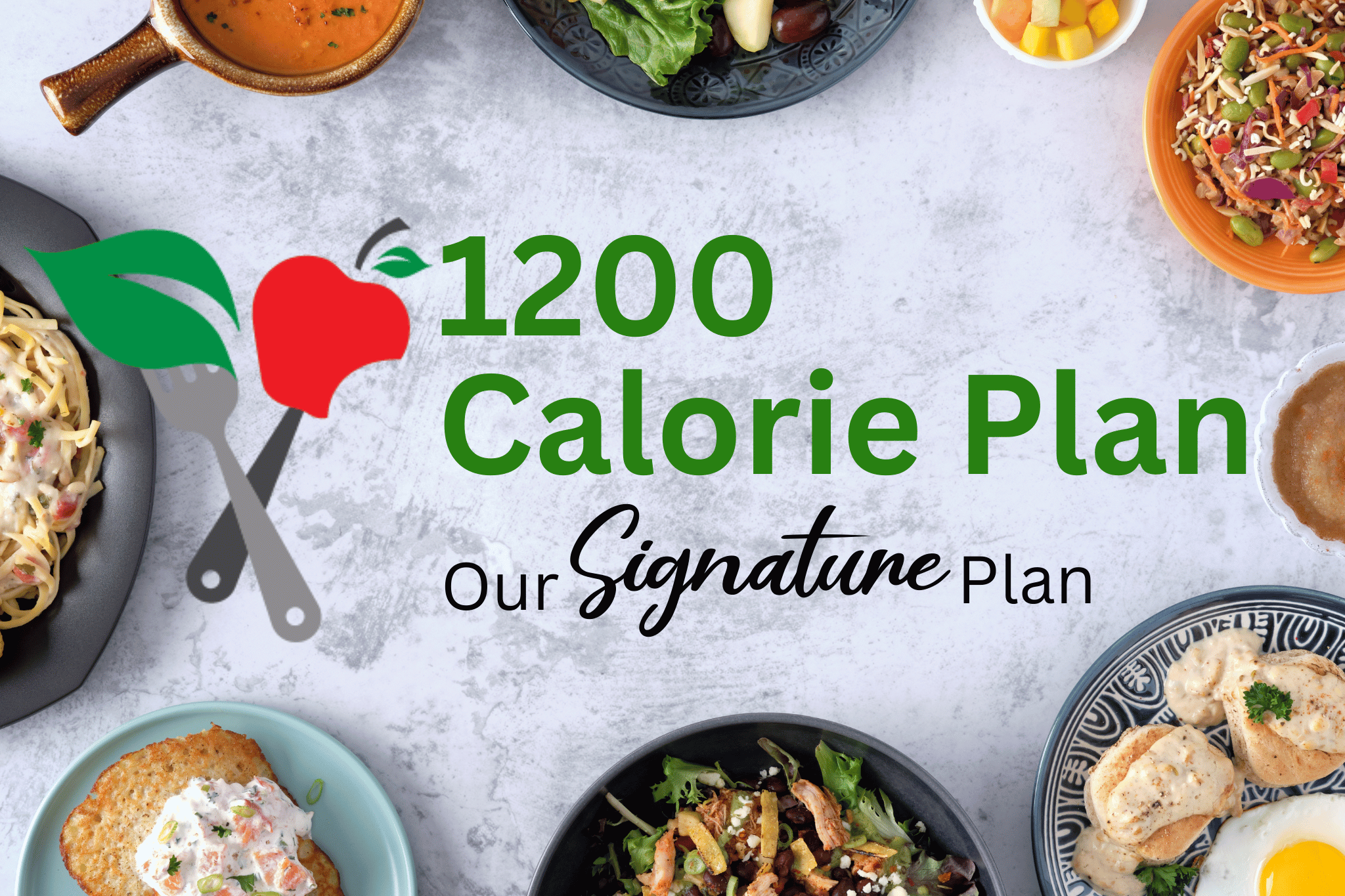

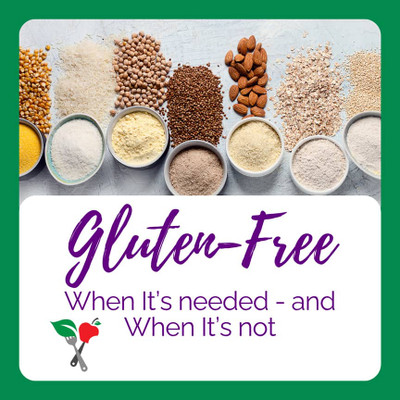
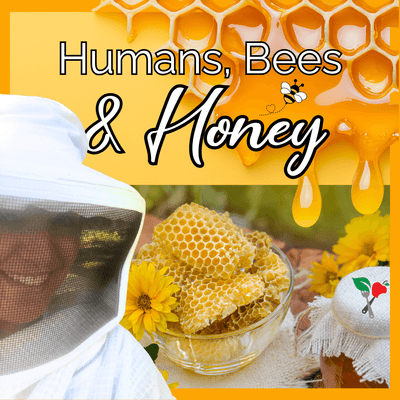
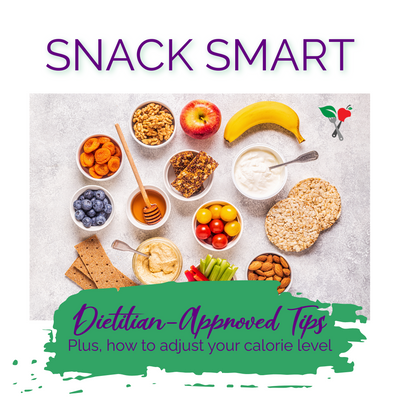
 Weight Loss
Weight Loss Health & Wellness
Health & Wellness Diabetes
Diabetes Heart Health
Heart Health Motherhood & Family
Motherhood & Family Dietary Restriction
Dietary Restriction Other Health Conditions
Other Health Conditions About SSHE
About SSHE

